The Rise and Fall of Millennial Business Casual Clubwear
Get your neoprene neon peplum blazers ready
We millennials like to complain about having experienced the worst times in history—from 9/11 to the 2008 recession to the ascension of both The Big Bang Theory and Young Sheldon. But one of the worst things we’ve had to live through was business casual clubwear.
This came up because I posted a photo of Bella Hadid serving “office siren” and realized that for many people, this appeared like 2010s business casual clubwear:
I had a tweet thread where I got into why this particular outfit wasn’t millennial business casual clubwear, but I thought it would be worth it to have an entire article dedicated to this dark, dark time in fashion.
The business casual clubwear thing coincided with another nightlife trend that peaked around the late 2000s- bandage dresses. To be clear, I am 100% pro-bandage dress. I never really stopped wearing them. I’m a sucker for body-conscious, feminine and colorful attire so naturally I can’t hate on bandage dresses. I still think they can be done stylishly, especially as a twist on an LBD (which in Blake Lively’s case, actually stands for Little Burgundy Dress):
You could argue the bandage dress had a symbiotic relationship with the iconic Indie Sleaze American Apparel bodycon dress, which you would definitely remember if you were alive in 2008:
However, the bandage dress was very revealing, very sexy, and in the late 2000s, women were still concerned with showing “too much.” Or at the very least, we didn’t want to be cold on our way to the club. So along with the bandage dress came a piece of fashion advice: throw on a “cute blazer” to negate some of the sexiness and be comfortable outside.
This was the uniform for me and a lot of other women at this time—stiletto gladiator heeled sandals, bandage dress, and the almighty Cute Blazer. Now, this blazer had to have a few key components which make it markedly different from the leather blazer that Bella Hadid wore in the original photo I posted.
The Cute Blazer was either a bodycon piece itself (made often from a neoprene or scuba material) cut in a peplum or ultra-tight shape, or it was oversized and open with some kind of waterfall or asymmetric detailing. What it was not was actual classic businesswear or reliant on any kind of tailoring. See examples below:
Eventually the go-to blazer changed in the mid-2010s (think Hillary Clinton girlboss anti-Trump sentiment, I don’t say this derisively) to a more androgynous oversized fit:
This reached peak saturation with the Clean Girl aesthetic. What Bella Hadid was doing in the first photo was a return to mid-2000s “romcom core/office siren” aesthetic that relies on a more body-conscious style than the mid-2010s oversize fit, but not a return of the ultra-bodycon blazers of the early 2010s. Also, notably, the office siren aesthetic will at most involve some pastels or dark muted tones but will never be neon, like much of 2010s clubwear was.
Another key component of 2010s business casual clubwear was the addition of either a waistcoat/tailored vest or a giant belt. Arguably this was more of a late 2000s thing.
But something happened in the early 2010s that changed everything, and that was the focus away from the waist and away from the hourglass shape accentuated by things like bandage dresses, giant belts, and peplum blazers. This was when business casual clubwear got truly awful, because it ceased to even be sexy. Suddenly people were wearing things out at night that you’d literally just wear to the office. The 2012/2013 clubwear uniform looked something like this (thank you ChatGPT):
While clubwear outfits from the late 2000s relied on the shape of the body, these nightlife outfits relied on “cute details” in things like chevron patterns, big bauble necklace from J.Crew, Rebecca Minkoff crossbody bags, and the worst of it all… “Aztec print”
While Aztec print is not something I look back on fondly, I do think that it served an important purpose in fashion. Despite the fact that it was initially integrated in pieces like frumpy waterfall cardigans, it eventually led us to boho/Coachella style around 2013-2014. And voila, sexy was back (although now it was in the form of short jeans shorts, peasant crop tops, off-the-shoulder styles, and general “festival wear.”) This still wasn’t a great trend for women like me, who are more Blair than Serena, but I could respect it as an aesthetic.
And just like that, nightlife or “going out” fashion had done a complete 180 away from business casual. Unless of course, the “business” is an essential oils store in Joshua Tree.
Perhaps I’ll write another article later about what happened to nightlife fashion in the second half of the 2010s, from the push toward androgyny and minimalism following the 2016 election to the rise of femme and colorful brands like STAUD, resurgence of late ‘90s Clueless inspired looks, and of course, the horrors of 2020 and subsequent maximalism of 2021. But for now, let’s leave it here. Any other fashion you want covered? Let me know in the comments!






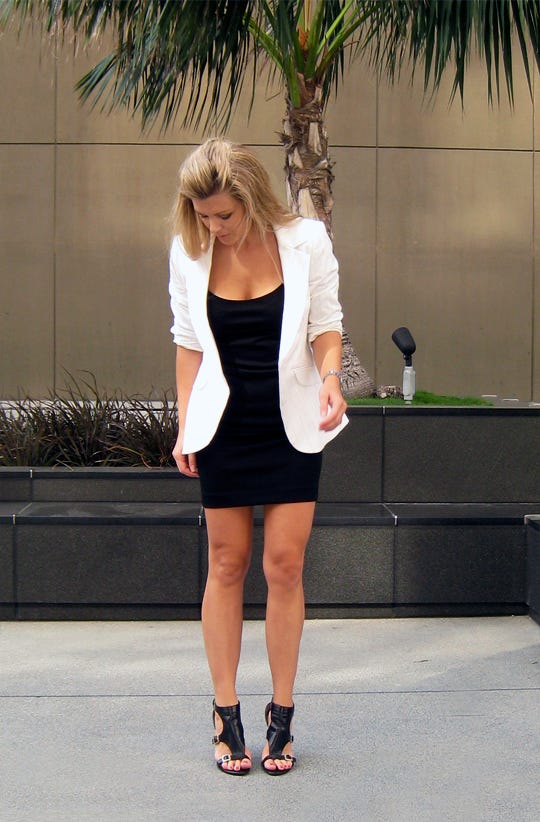
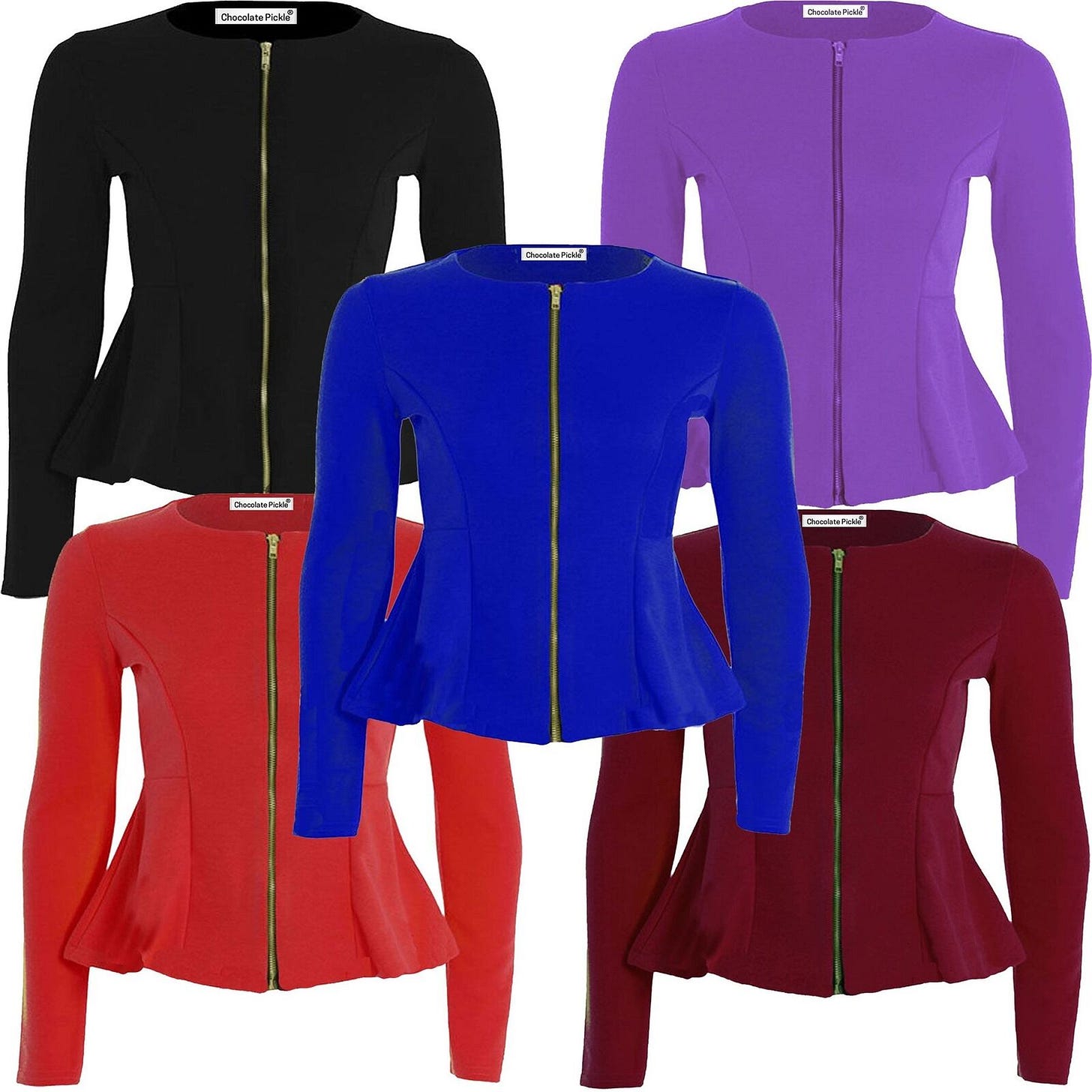

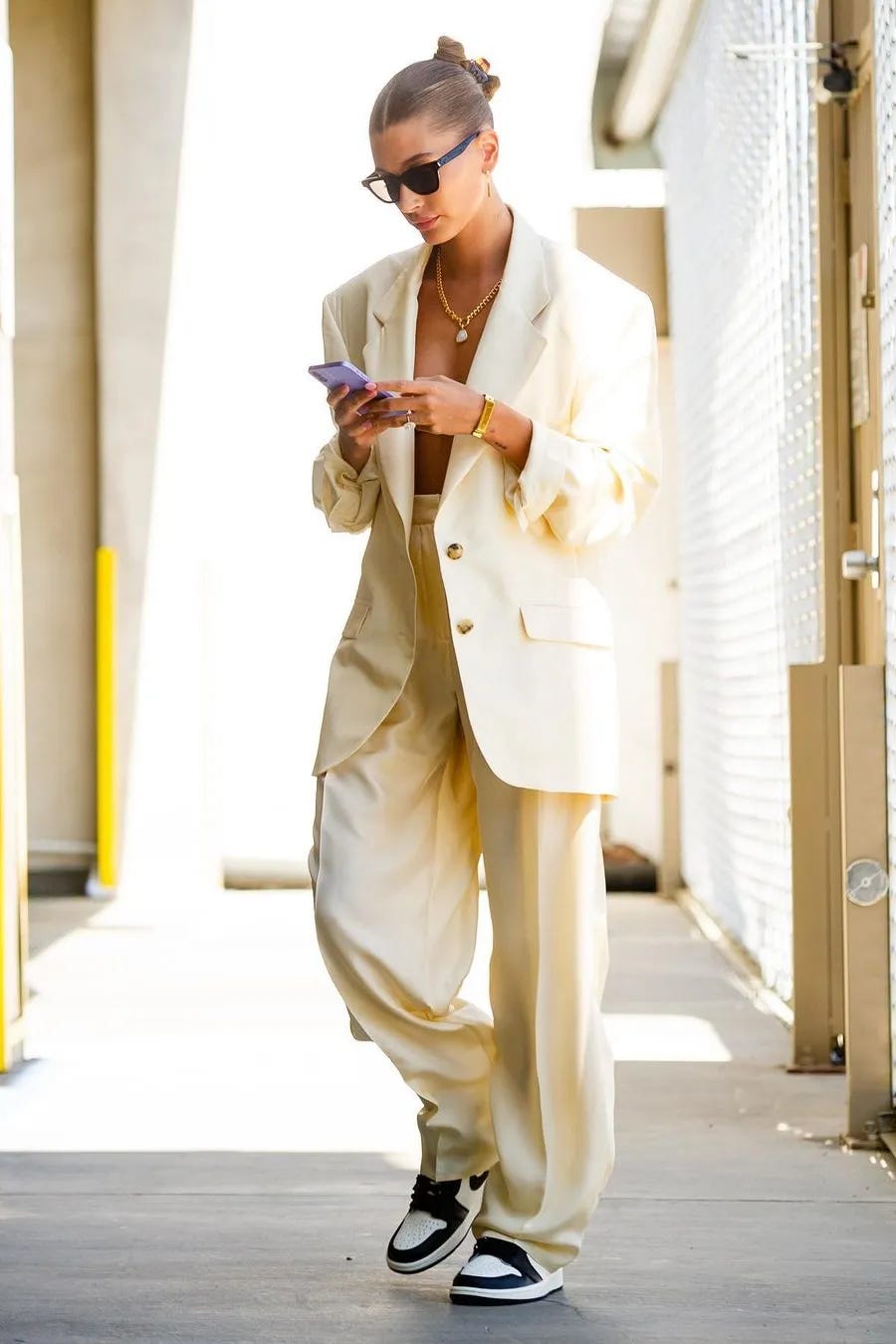
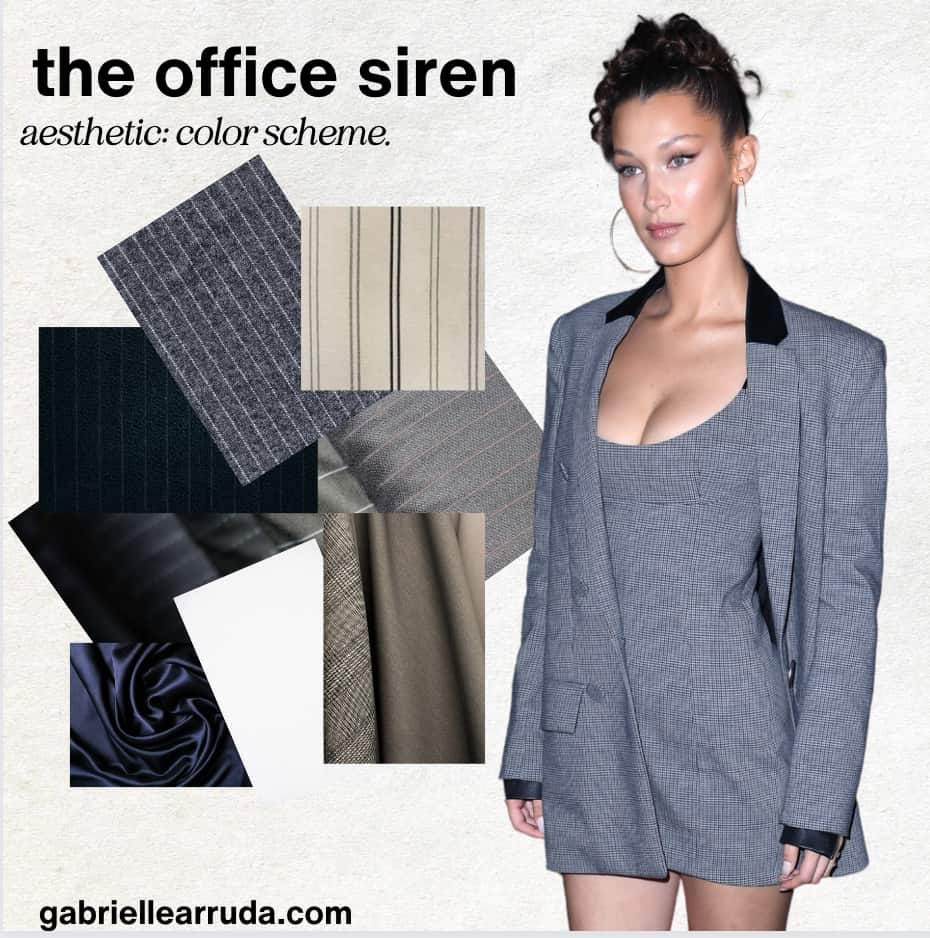
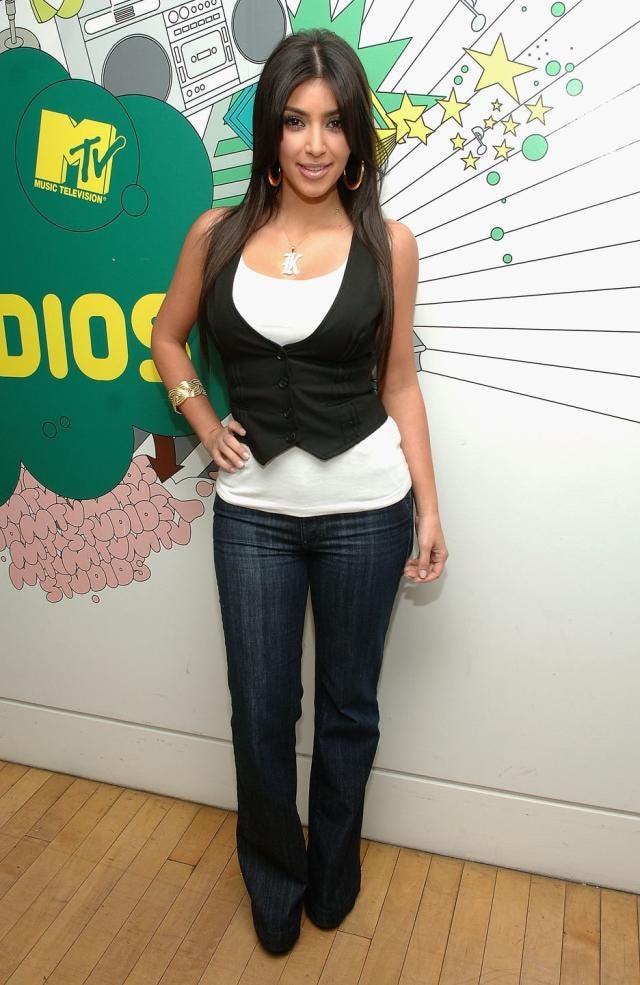
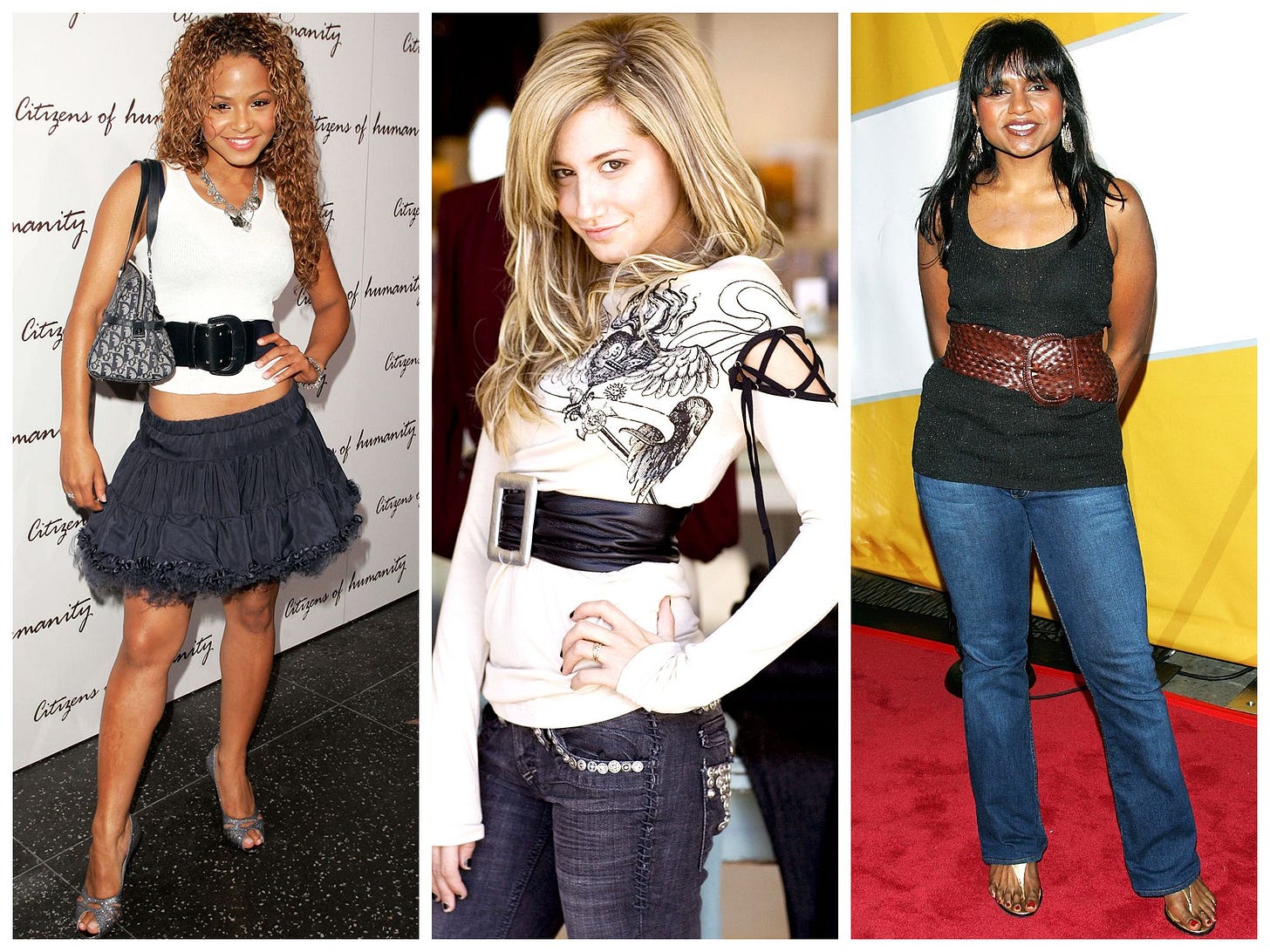
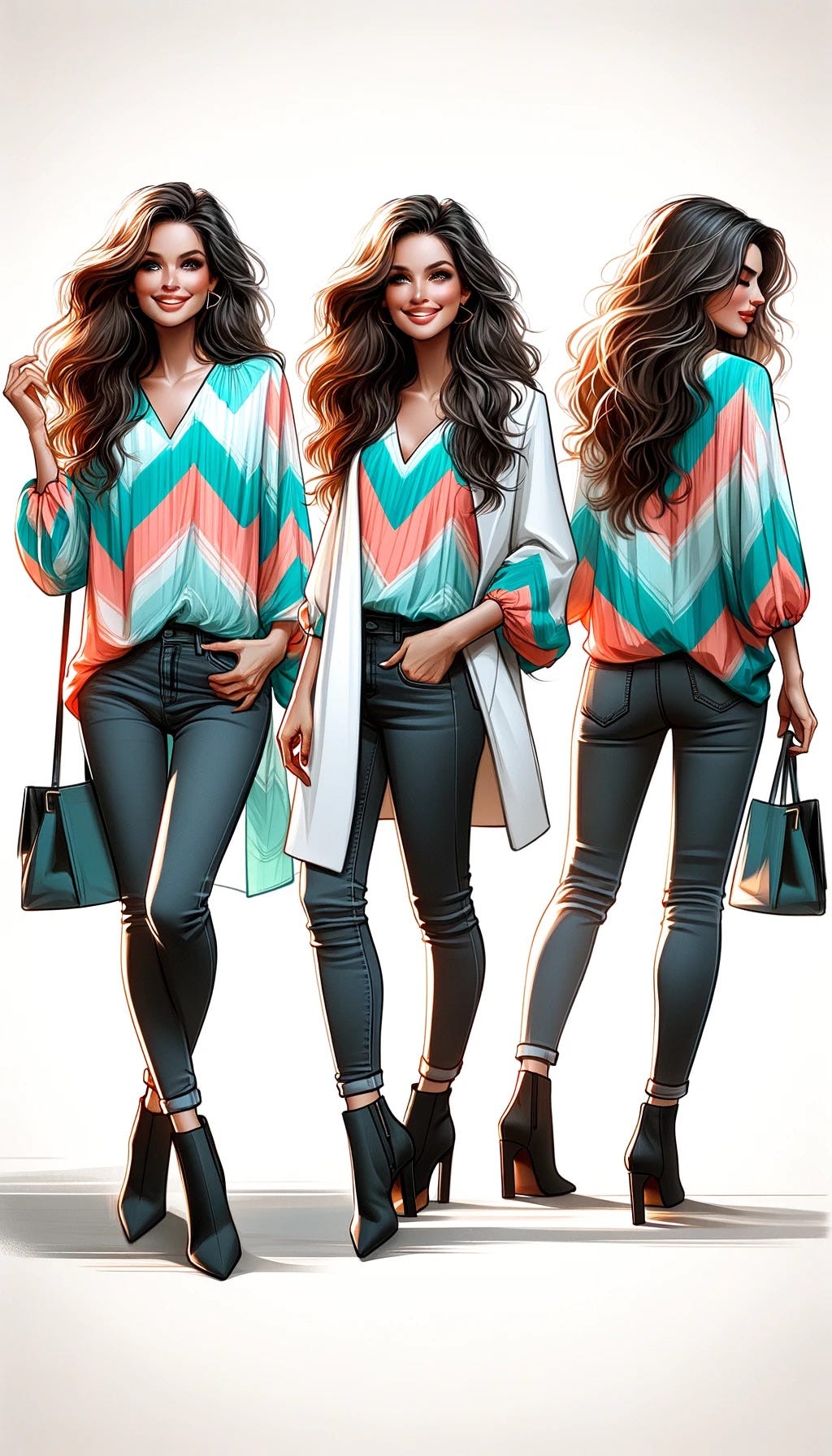

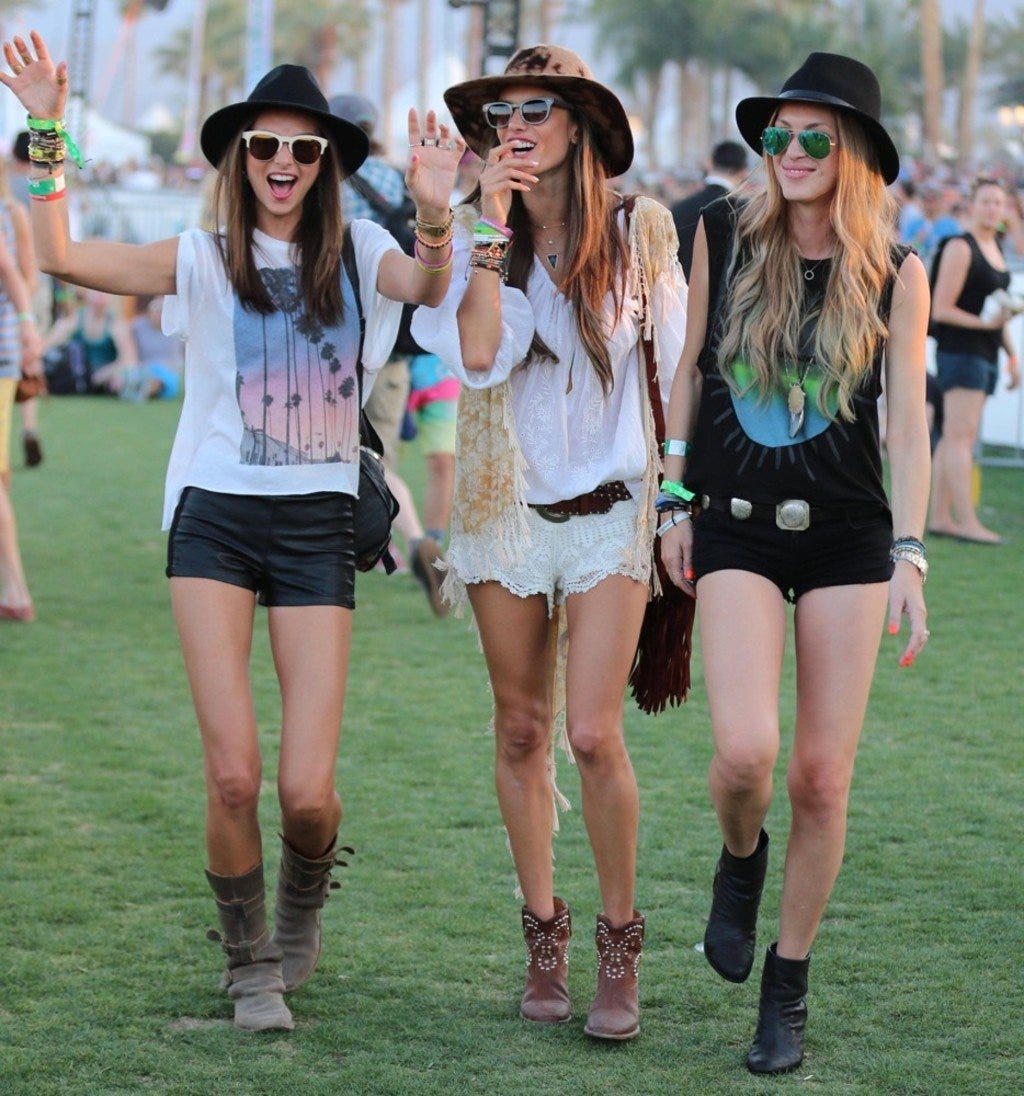
please write anything you want about fashion, I love everything you say about it lol
Oh no the aztec print...rocketed me back to one of my worst clubwear looks of the 2010s: turquiose and black aztec pattern crop top, pink high-waisted short shorts and high-heeled black sneakers.